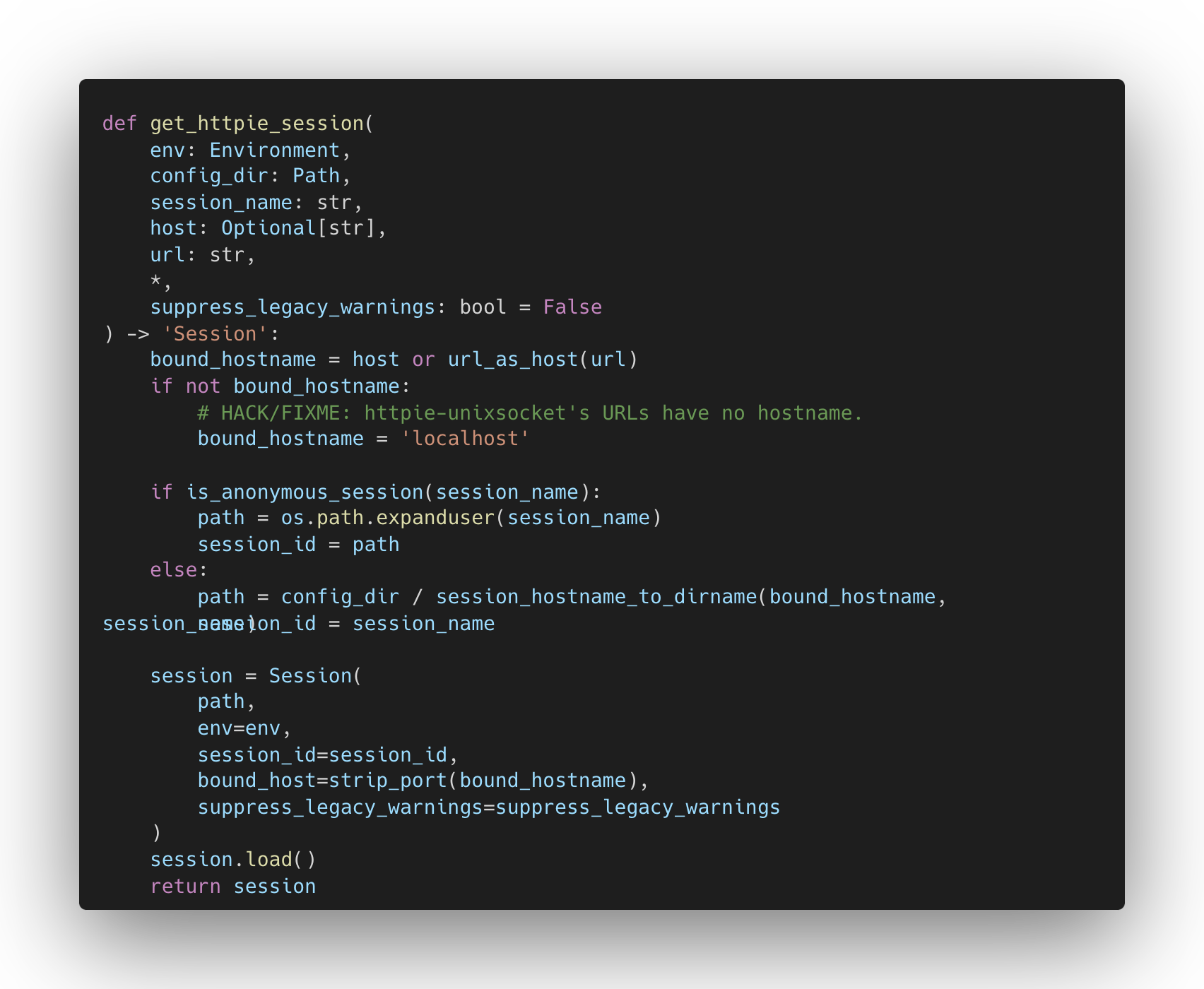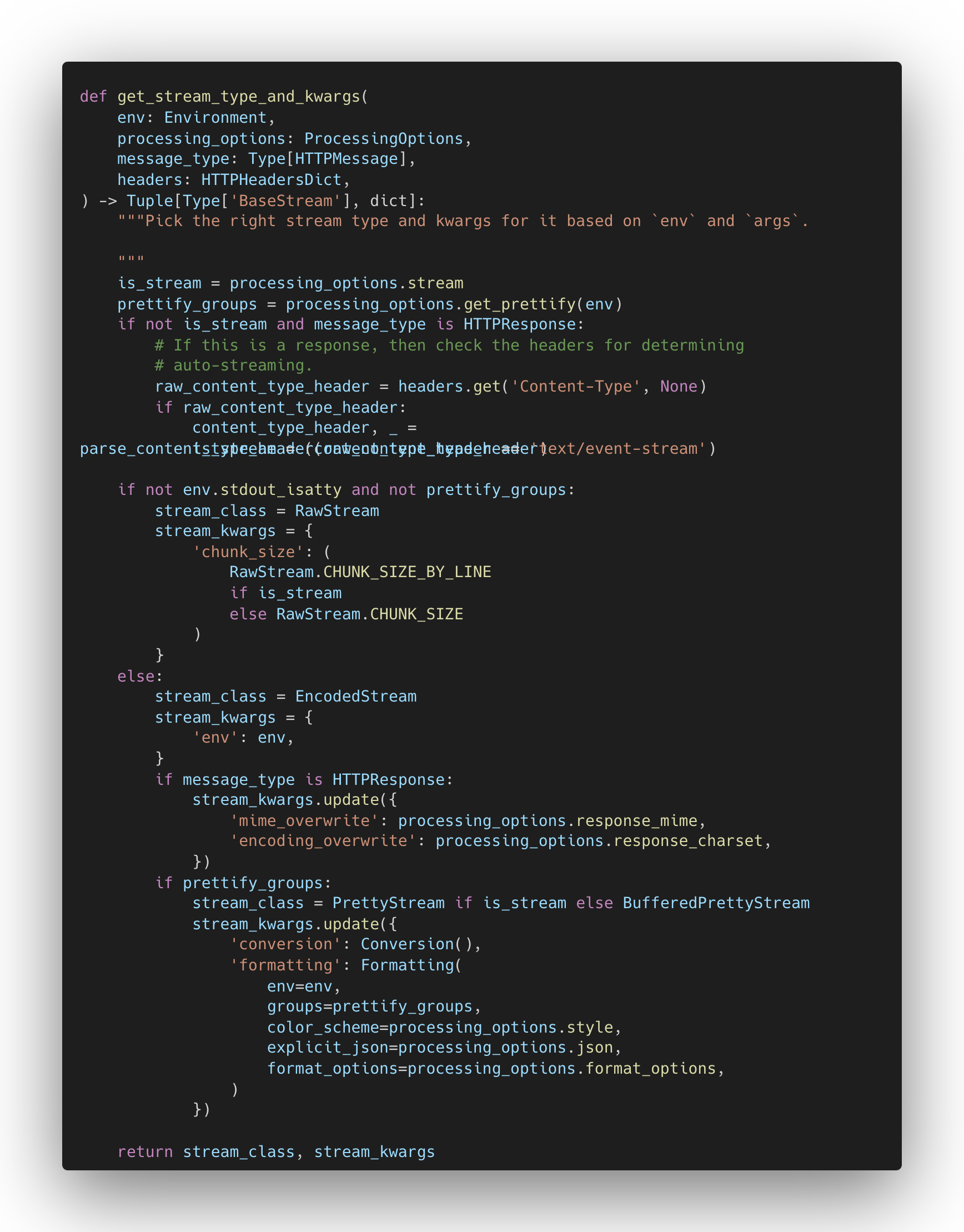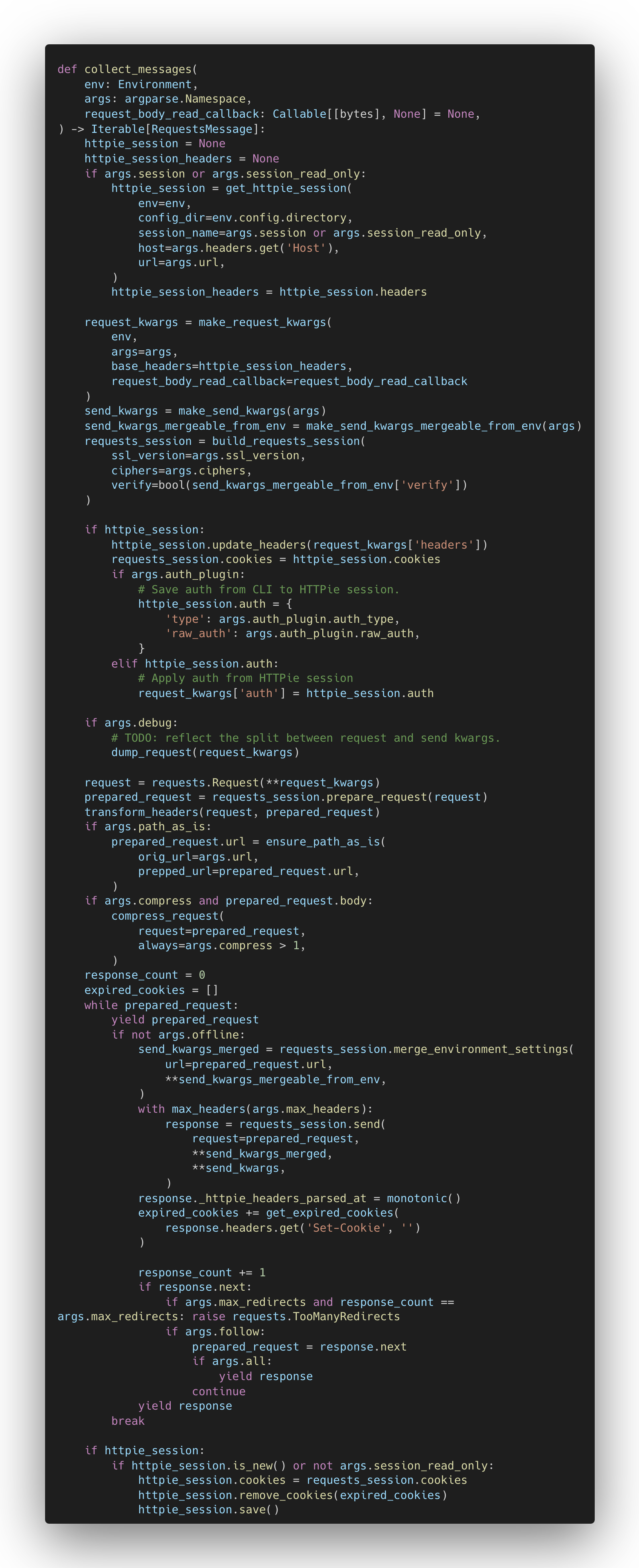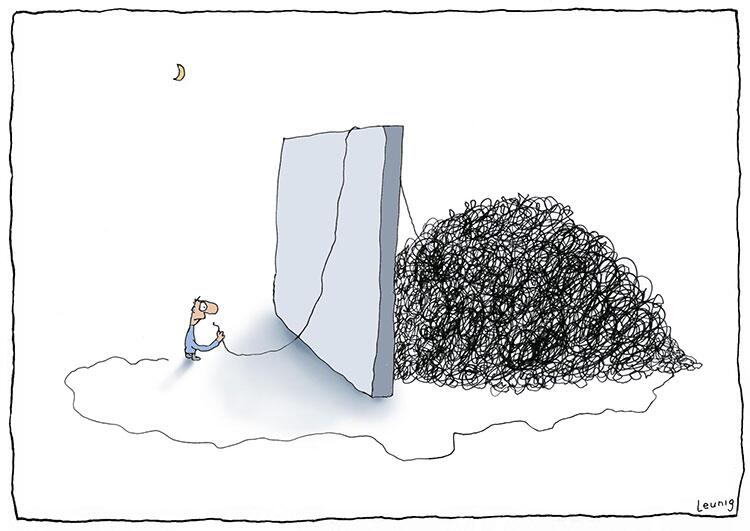Introduction
Code Limit is a tool for developers with one goal: it tells the developer when it’s time to refactor.
Code Limit measures the lines of code for each function in your codebase and assigns each function to a category:
| Easy | Verbose | Hard-to-maintain ⚠ | Unmaintainable ✖ |
|---|---|---|---|
| 1 - 15 lines of code | 16 - 30 lines of code | 31 - 60 lines of code | 60+ lines of code |
 |
 |
 |
 |
As the table above shows, functions with more than 60 lines of code (comments and empty lines are not counted) are unmaintainable, and need to be refactored. Functions with more than 30 lines of code run a risk of turning into unmaintainable functions over time, you should keep an eye on them and refactor if possible. Functions in the first two categories are fine and don't need refactoring.
Function length is just one code metric, but it is a very important code metric. Short functions are easy to understand, easy to test, easy to re-use. For example, code duplication is another important code metric but duplication is much easier to prevent and fix if your functions are short.

Function length is a simple code metric, so simple you can count it by hand. It's also a (fairly) non-controversial metric, most developers agree longer functions are harder to maintain. Also, there's always a refactoring possible to make functions smaller.
Because function length is such a simple code metric, many code quality tools measure it. But these tools measure a lot more metrics, sometimes so much metrics that developers are overwhemled and loose focus on the metrics that matter most.
Code Limit measures only function length but it tries to be the best developer tool for measuring it. By notifying developers when it's time to refactor, Code Limit prevents unmaintainable code.
Keep your software maintainable and start using Code Limit today!